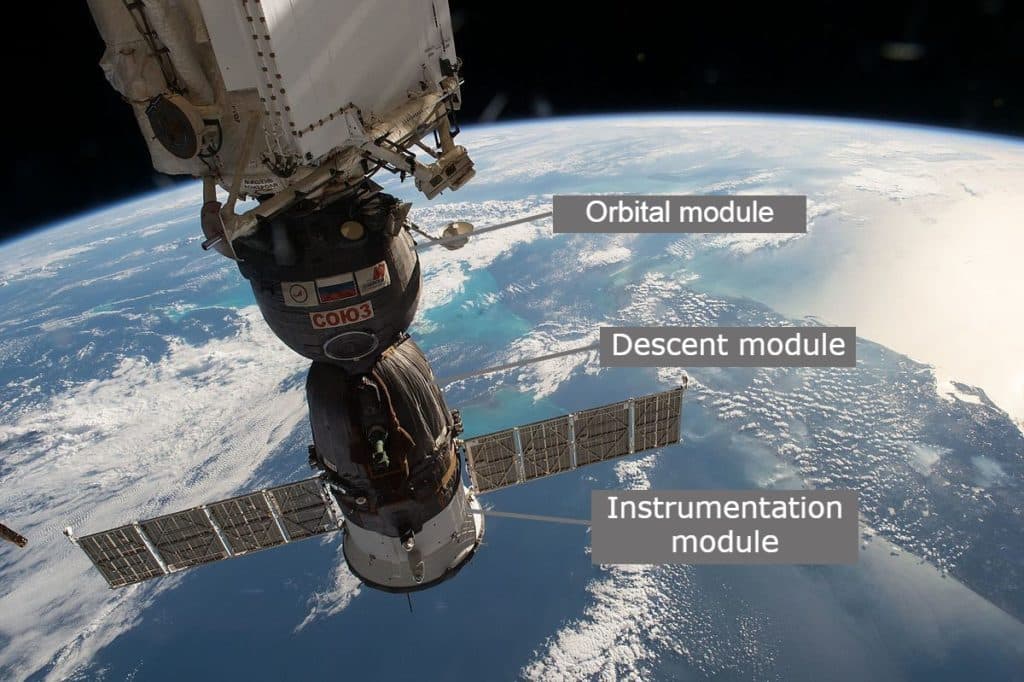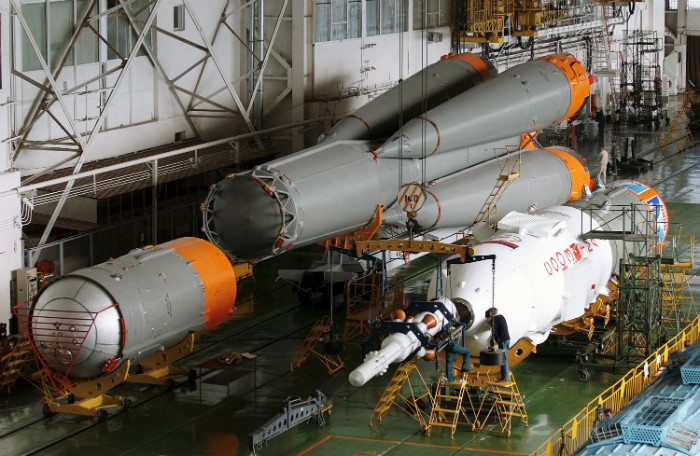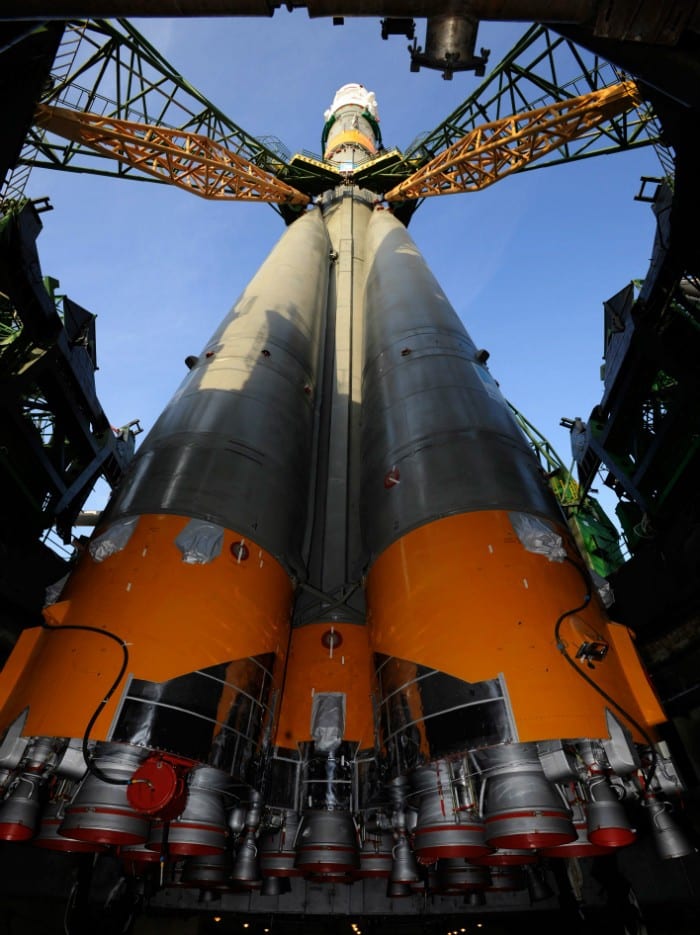THE SOYUZ SPACE LAUNCH SYSTEM
The Soyuz spacecraft and rocket have been launching humans into space for nearly five decades. Launching into space is a notoriously risky activity as there are so many moving parts. The Soyuz has an exceptional track record for reliability having flown over 120 times consecutively without loss of life giving it a track record of safety that will be tough to match in the coming decades.
For most of the recent past – from 2010 to 2020 – the Soyuz launched four times per year, as the only means of transporting astronauts to the International Space Station (ISS). With the recent introduction of the SpaceX Crew Dragon, the Soyuz now primarily serves the needs of the Russian Federal Space Agency and its commercial customers (like Space Adventures) launching at least twice a year. Each time it launches it carries a total of three astronauts.
HIGHLIGHTS
- Launching humans since 1967.
- Over 120 consecutive launches without fatality.
- Carries up to 3 crew members.
- Launches from Baikonur, Kazakhstan.
THE SOYUZ SPACECRAFT
The Soyuz has been continually upgraded since the day it went into service. The most recent round of major upgrades went into effect in July 2016 with the launch of Soyuz-MS-01 which featured upgrades to reduce the mass of the docking system, a smaller on-board computer, and upgraded solar panels. So while it maintains largely the same look from outside as the first day it flew, the spacecraft is definitely state of the art.
The Soyuz consists of three parts (as shown in the picture).
Orbital Module – provides additional living space for the crew while the spacecraft is approaching the ISS.
Descent Module – where the crew sit during launch and re-entry. This is the only part of the spacecraft that returns to Earth.
Instrumentation Module – contains propulsion system, fuel, avionics, and hosts the solar arrays.

The Soyuz can accommodate up to three crew members, and has enough life support for one person for 30 days (or 10 days for a crew of three). During launch, the spacecraft – with its solar panels folded in – is housed inside the faring at the top of a Soyuz rocket.
The Soyuz may be based on Cold War technology, but its continual program of updates have helped sustain itself over far more complex, expensive craft such as NASA’s Space Shuttle. It’s simple, functional design has led all crewed orbital-class spacecraft now in development to be capsules rather than winged vehicles. While its long term future may be in doubt as the Russian space agency contemplate a replacement, the Soyuz is sure to be around for a while yet.
THE SOYUZ ROCKET
The Soyuz spacecraft launches on the Soyuz rocket, which like the spacecraft, has a long track record of successful operation. First flown in 1966, Soyuz rockets in various configurations are used to launch payload such as cargo to the ISS, satellites to geo-stationary orbits, deep space expeditions, as well as the Soyuz manned spacecraft.
The strap on the boosters is discarded when all the fuel has been used, approximately about two minutes after launch. The center core of the first stage continues for a further two and a half minutes, and then the upper stage engine ignites and powers the spacecraft to 17,500 MPH for about 9 minutes after launch, before it too is discarded.
The Soyuz rocket is assembled while lying on its side, in a large building a couple miles from the launch pad. Two days before launch the fully assembled, but not fueled rocket, is pulled by train to the launch pad.

Once vertical, the rocket is held in place around the waist by cantilever arms so the engines are not resting on anything. On launch day, the rocket is fueled and the crew enter the spacecraft less than two hours before launch.
The combination of these two great vehicles – the Soyuz spacecraft on top of the Soyuz rocket – have enabled crewed exploration of low-Earth orbit for the last 40 years, and without the system we would still be stuck on Earth.


